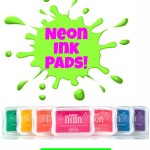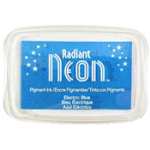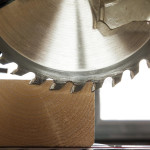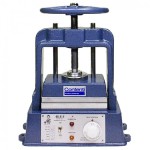Ordering Rubber Stamps And Their History
Primitive stamps that existed long before rubber stamps were made are still produced by hand in other countries. Mud is used in India to make molds that are used directly as stamps. The mud images are painted with colored juice from fruit, flowers, bark, and other plant matter to create a colored image that can be stamped on fabric, paper, and products. Animal hide has also been used by some cultures. Detailed impressions can be cut in thick pieces of hide that are longlasting and resilient, like rubber.
There were two essential prerequisites for the origin of the rubber stamp. Rubber was discovered in the Amazon River Basin in 1736 by the French explorer Charles Marie de la Condamine. Cubes were made of the substance and used for rubbing out lead pencil marks, but the material was unstable—when the temperature rose, the cubes turned to jelly. This difficulty was solved in 1839 by Charles Goodyear. Some years before, Goodyear had begun pondering this problem with rubber, and he was determined to solve it. By accident, he spilled a mixture of gum rubber and sulfur on a hot stove. The combination of sulfur as an accelerator and heat cured the rubber. Goodyear named his process vulcanization after the Roman god of fire. Vulcanized rubber was adaptable to thousands of uses, as Goodyear recognized when he patented his process in 1844.









